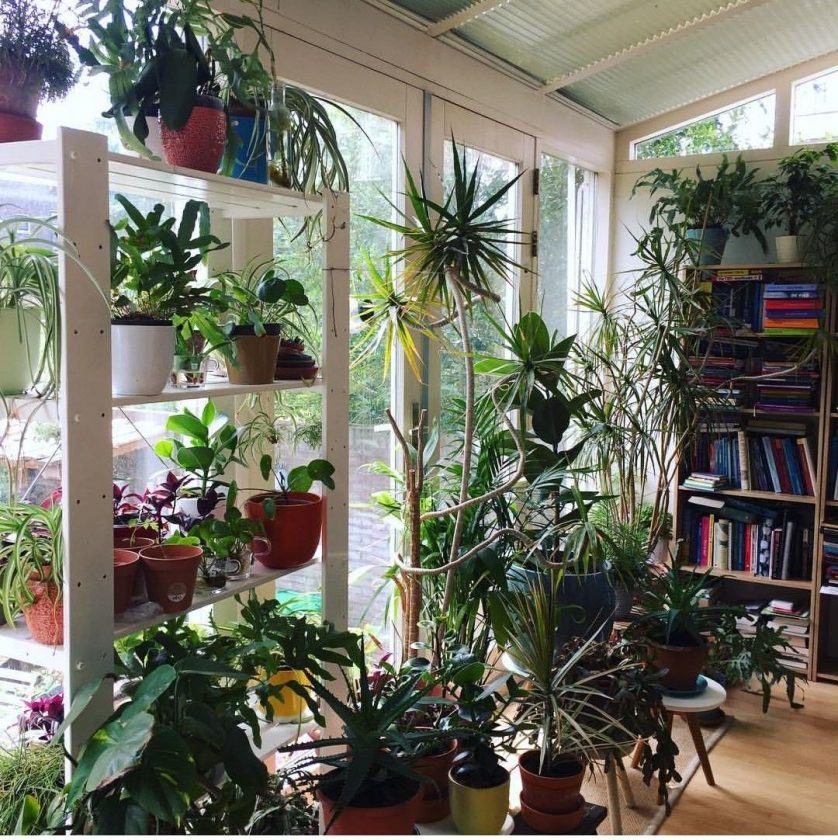There probably isn’t a grower anywhere who doesn’t work to have the perfect crop. That’s as sure a thing as day following night. Unfortunately, it’s just as sure that, unless a grower is vigilant, mold can destroy a crop that the grower has worked so hard for.
What follows are a few tips that will help prevent you from becoming a victim of mold. By observing these tips, you will not only be able to treat mold effectively but probably avoid it altogether. There are reliable ways of doing this, which include buying mold resistant seeds at i49, but more follow.
What is Mold and How is It Avoided?
Mold develops when plants grow under certain environmental conditions. The mold spores are moved about by wind and water. These spores can also get to plants simply by being tracked in on your shoes. Environmental conditions include:
● Humidity of 55 percent or higher
● Area below 68 degrees F
● Poor air ventilation and circulation
This is part of the reason you don’t want to have plants growing too close together. Not having enough breathing room prevents air circulation around your plants, and spores can move from one plant to another easier.
Do You Have Mold in Your Garden?
The good news in all this is that mold is not hard to spot in your crops. Mold usually starts on the bud’s internal stem and moves outward. It is usually at this point that it becomes visible to the human eye. It might be too late to save an individual bud, but your whole crop is not beyond hope, especially if you use mold-resistant seeds.
If you find mold on plants when they are drying, discard them. Mold can still develop on plants when they are being dried, but the chance of this is minimal.
Taking Control
It’s not hard to prevent mold. As stated previously, a big part of controlling mold is starting with mold-resistant seeds. It also requires attention to detail, such as keeping the temperatures at or above 70 degrees F. At this level, it would be too hard for mold to develop.
Controlling humidity is another part of keeping mold out of your crops. Make sure the humidity is high enough for your crops to thrive but not high enough for the mold to survive. Keeping humidity at 44 to 50 percent is ideal.
Making sure your ventilation is at a good level is also important. This might require a good intake filter, but also keep it clean.
It might also be a good idea to keep an eye on who you allow into your grow room, since who and what goes into a grow room can prevent certain pathogens from entering via shoes, pets, and practically anything else.
Finally, keep your grow room as clean and sanitary as possible. Mold isn’t the only contaminant that can take hold of your crops, so the cleaner you make the room, the better off your plants will be. This includes making sure the grow room is sealed as much as possible from anything that might present a problem from the outside.
Making sure that these conditions are maintained is easier the smaller a garden is, but as much as possible, they should be kept by observing these tips as well as keeping openings and vents closed as much as possible.
![DJ Baddo – All Of Me Remix ft John Legend [AuDio]](https://www.naijavibe.net/wp-content/uploads/wordpress-popular-posts/94409-featured-40x40.jpg) DJ Baddo – All Of Me Remix ft John Legend [AuDio]
DJ Baddo – All Of Me Remix ft John Legend [AuDio] ![Drake - One Dance ft Wizkid & Kyla [AuDio]](https://www.naijavibe.net/wp-content/uploads/wordpress-popular-posts/124692-featured-40x40.jpg) Drake – One Dance ft Wizkid & Kyla [AuDio]
Drake – One Dance ft Wizkid & Kyla [AuDio]  Dj Kamol – Crazy Gyration ft Skailey Normal [AuDio]
Dj Kamol – Crazy Gyration ft Skailey Normal [AuDio] ![Mr. Charis - All Back ft Zouwrah [AuDio]](https://www.naijavibe.net/wp-content/uploads/wordpress-popular-posts/67331-featured-40x40.jpg) Mr. Charis – All Back ft Zouwrah [AuDio]
Mr. Charis – All Back ft Zouwrah [AuDio] ![Davido - Aye [AuDio]](https://www.naijavibe.net/wp-content/uploads/wordpress-popular-posts/38417-featured-40x40.jpeg) Davido – Aye [AuDio]
Davido – Aye [AuDio] ![K-Solo - Yolo ft Klever Jay, Legely, Tea Jazz & Small Doctor [AuDio]](https://www.naijavibe.net/wp-content/uploads/wordpress-popular-posts/127832-featured-40x40.jpg) K-Solo – Yolo ft Klever Jay, Legely, Tea Jazz & Small Doctor [AuDio]
K-Solo – Yolo ft Klever Jay, Legely, Tea Jazz & Small Doctor [AuDio]  Sauti Sol – Live and Die in Afrika [Album]
Sauti Sol – Live and Die in Afrika [Album] ![Burna Boy – Yawa Dey [AuDio]](https://www.naijavibe.net/wp-content/uploads/wordpress-popular-posts/20589-featured-40x40.jpg) Burna Boy – Yawa Dey [AuDio]
Burna Boy – Yawa Dey [AuDio]  Ruger, D’Prince & Rema – One Shirt
Ruger, D’Prince & Rema – One Shirt ![Funbi - Hallelujah [AuDio]](https://www.naijavibe.net/wp-content/uploads/wordpress-popular-posts/132478-featured-40x40.jpg) Funbi – Hallelujah [AuDio]
Funbi – Hallelujah [AuDio]  Seyi Shay & Yemi Alade – Pempe
Seyi Shay & Yemi Alade – Pempe ![Dj Baddo - Best Of 2Face [MixTape]](https://www.naijavibe.net/wp-content/uploads/wordpress-popular-posts/95030-featured-40x40.jpg) Dj Baddo – Best Of 2Face [MixTape]
Dj Baddo – Best Of 2Face [MixTape]
 NaijaVibe NaijaVibe | Download Latest Nigerian Music & Mp3s
NaijaVibe NaijaVibe | Download Latest Nigerian Music & Mp3s


